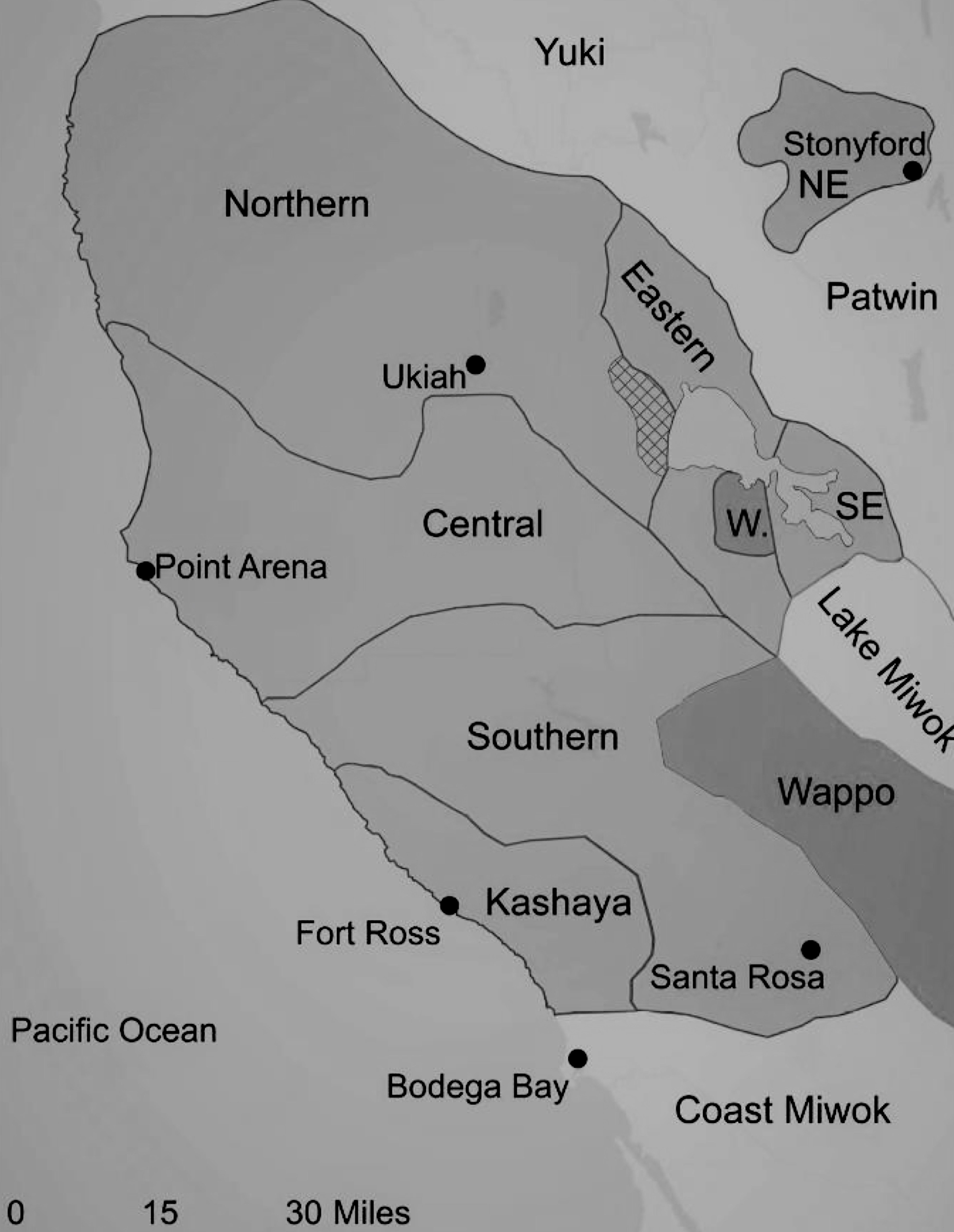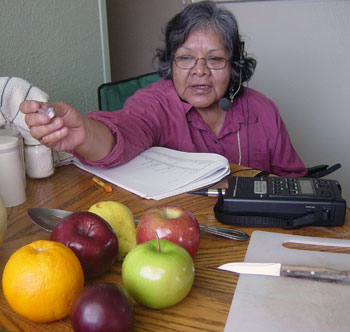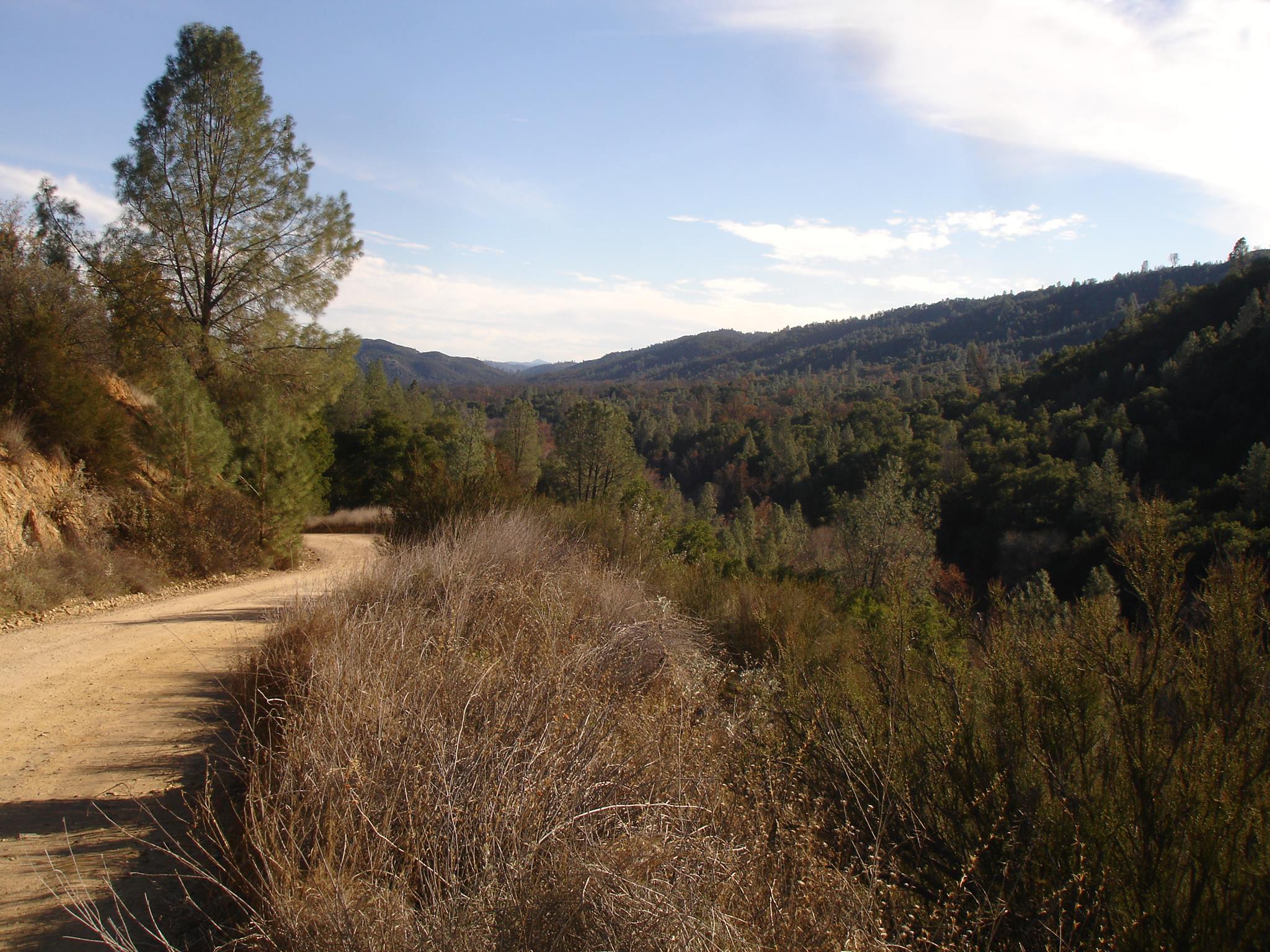Southeastern Pomo

The traditional Southeastern Pomo language area is at the eastern end of Clear Lake in three groups, centering around settlements on Anderson Island off Buckingham Point, on Rattlesnake Island in the eastern arm of Clear Lake, and on Indian Island at the southern tip of Clear Lake. In pre-contact times, the Pomoan languages together probably had around 8,000 speakers (Kroeber 1925). In the 21st century, most speakers and learners of Southeastern Pomo are affiliated with the Elem Pomo Tribe (Southeastern Pomo Language Project). Southeastern Pomo (also called “ Sulfur Bank Pomo”, “Elem Pomo”, and “Lower Lake Pomo”) is one of seven languages comprising the Pomoan language family; the others are Central Pomo, Eastern Pomo, Kashaya, Northeastern Pomo, Northern Pomo, and Southern Pomo. Together, the Pomoan languages form one branch of the hypothesized Hokan language family, the other members of which are Chimariko, Esselen, Karuk, the Palaihnihan languages (Achumawi and Atsugewi), Salinan, the Shastan languages (Konomihu, New River Shasta, Okwanuchu, and Shasta), Washo, Yana, and the Yuman languages (Cocopa, Kiliwa, Kumeyaay, Maricopa, Mojave, Pai, Paipai, and Quechan).
Grammatical information
Southeastern Pomo is a head-final language. Basic word order in sentences is subject-object-verb. Adpositions follow nouns, while adjectives precede nouns. The language is agglutinating, and both derivational and inflectional morphology is suffixed to a root, whether verbal or nominal. Verbs may consist of a root and several suffixes (e.g. causative, evidential, imperfective). Reduplicated verbs, nouns, and adjectives are common. Negation is accomplished via use of a negative particle immediately preceding the verb and concomitant suffixation of negative morphology. Particles serve as markers of a number of other properties as well, including causation, possession, and focus. Polar questions are formed with the use of a final interrogative particle; constituent questions generally leave the interrogative pronoun in situ.
The vowel inventory of the language is relatively small, consisting of five basic vowel qualities that vary between lax and tense depending on the phonological context. A binary vowel length distinction is also present in a few word pairs. The consonant inventory is considerably complex, with 29 consonants in the Elem (Sulphur Bank) dialect. Though there are only two voiced obstruents (bilabial and alveolar stops), voiceless stops exist at five oral places of articulation (bilabial, dental, alveolar/retroflex, velar, and postvelar), voiceless affricates at two (alveolar and palatoalveolar), and voiceless fricatives at six (labiodental, alveolar, palatoalveolar, velar, postvelar, and glottal). Each stop and affricate has a glottalized counterpart, for a total of seven ejective stops and affricates (in addition to a glottal stop). Two nasals, two glides, and a lateral liquid (as well as a flap mostly limited to borrowed words) round out the inventory. Stress falls on the initial underlying vowel of a stem, but as onset consonant clusters are common and frequently realized with an epenthetic vowel, in practice word-level stress often appears on the second syllable of a word. Up to one consonant is allowed in syllable-final position.

Selected archival materials at Berkeley
Further reading
- Barrett, S. A. 1908. The ethno-geography of the Pomo and neighboring Indians. University of California Publications in American Archaeology and Ethnology 6:1-322. [PDF]
- Halpern, A. M. 1988. Southeastern Pomo ceremonials: The Kuksu cult and its successors. Berkeley: University of California Press.
- McLendon, Sally and Lowy, Michael J. 1978. Eastern Pomo and Southeastern Pomo. In Robert F. Heizer (ed.), California, pp. 306-323. Washington, D.C.: Smithsonian Institution.
- Moshinsky, Julius. 1964. Southeastern Pomo Grammar. Ph.D. Dissertation, University of California, Berkeley. [PDF]
- Moshinsky, Julius. 1974. A grammar of Southeastern Pomo. Berkeley: University of California Press.
